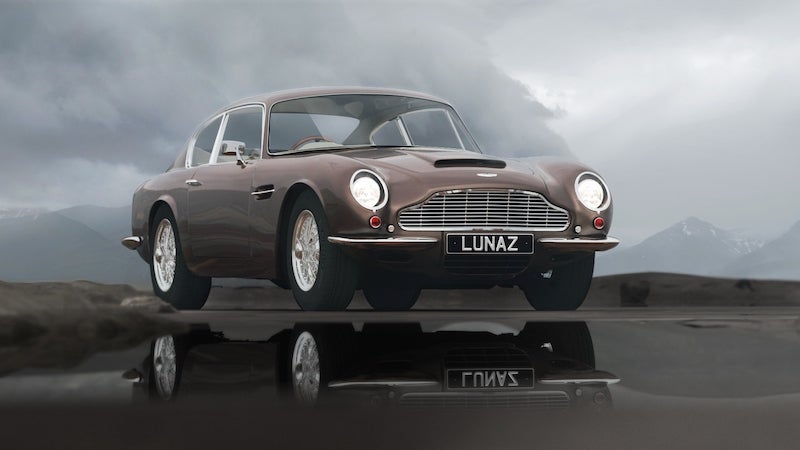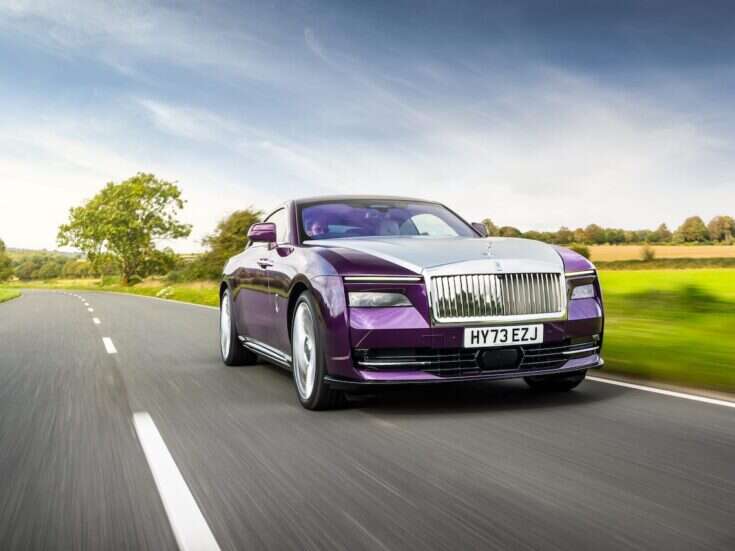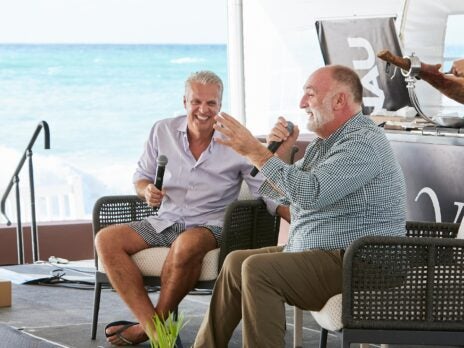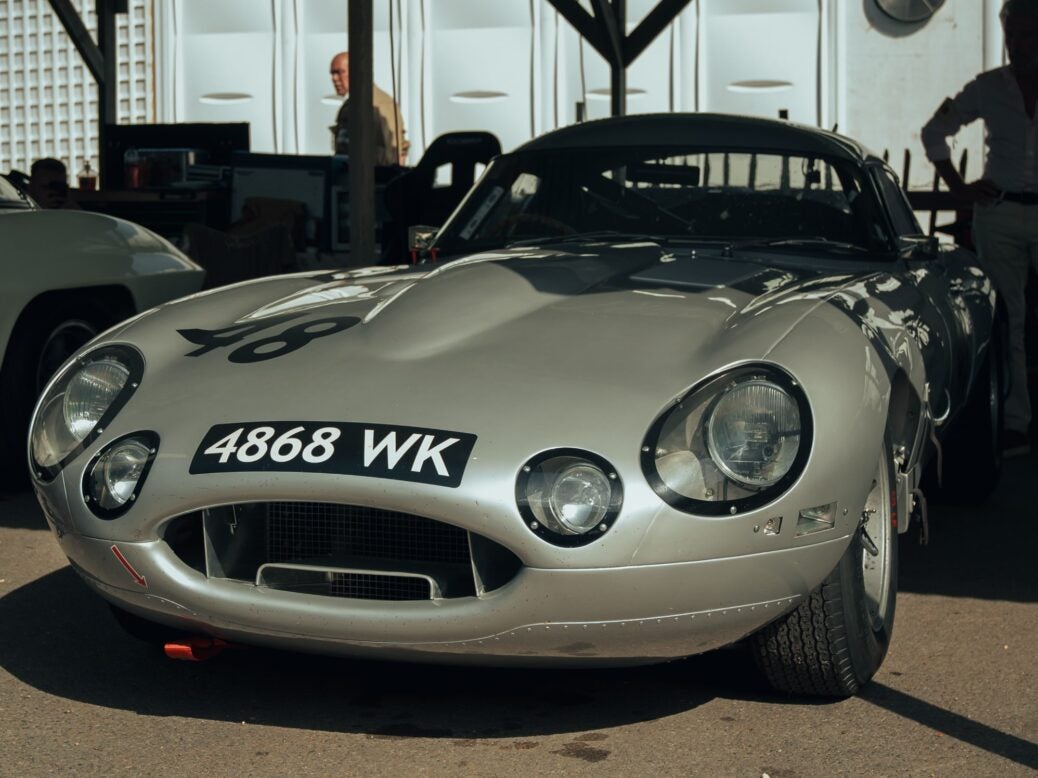
Nostalgia and retro are words well used within the vocabulary of the modern automobile manufacturer. A nod to their heritage through a piece of retro design, or a new selection of colors designed to evoke nostalgia of perhaps a better time for motoring.
It would be easy to be cynical of brands seemingly leveraging past glories with tales of glamour and speed to sell modern cars that merely have an appliance-like quality to them. Some manufacturers have been so celebrated throughout the annals of motoring history that not only carry their DNA consistently but have rerouted the direction of the motorcar as we know it.
With that in mind, 2023 marks 75 years of the Jaguar sports car; the XK120. Sir Williams Lyons, the company’s founder, decided that while post-war Britain was still licking its wounds and with rationing still in place, what the country really needed was a new sports car priced at £998. A snip you may think, but when the average UK salary at the time was circa £350, it puts things into perspective.
Lyons was an enterprising sort and keen to make a name for his Jaguar car company. Great Britain was still giddy with patriotism and Lyons saw the opportunity to take a British-designed and made machine to the top of the world stage, and motor racing was the perfect place to do it. Glamour, danger and speed captivated crowds and endurance races like the Le Mans 24 Hours in France and the Mille Miglia in Italy.
[See also: The Best Luxury Cars of the Year]
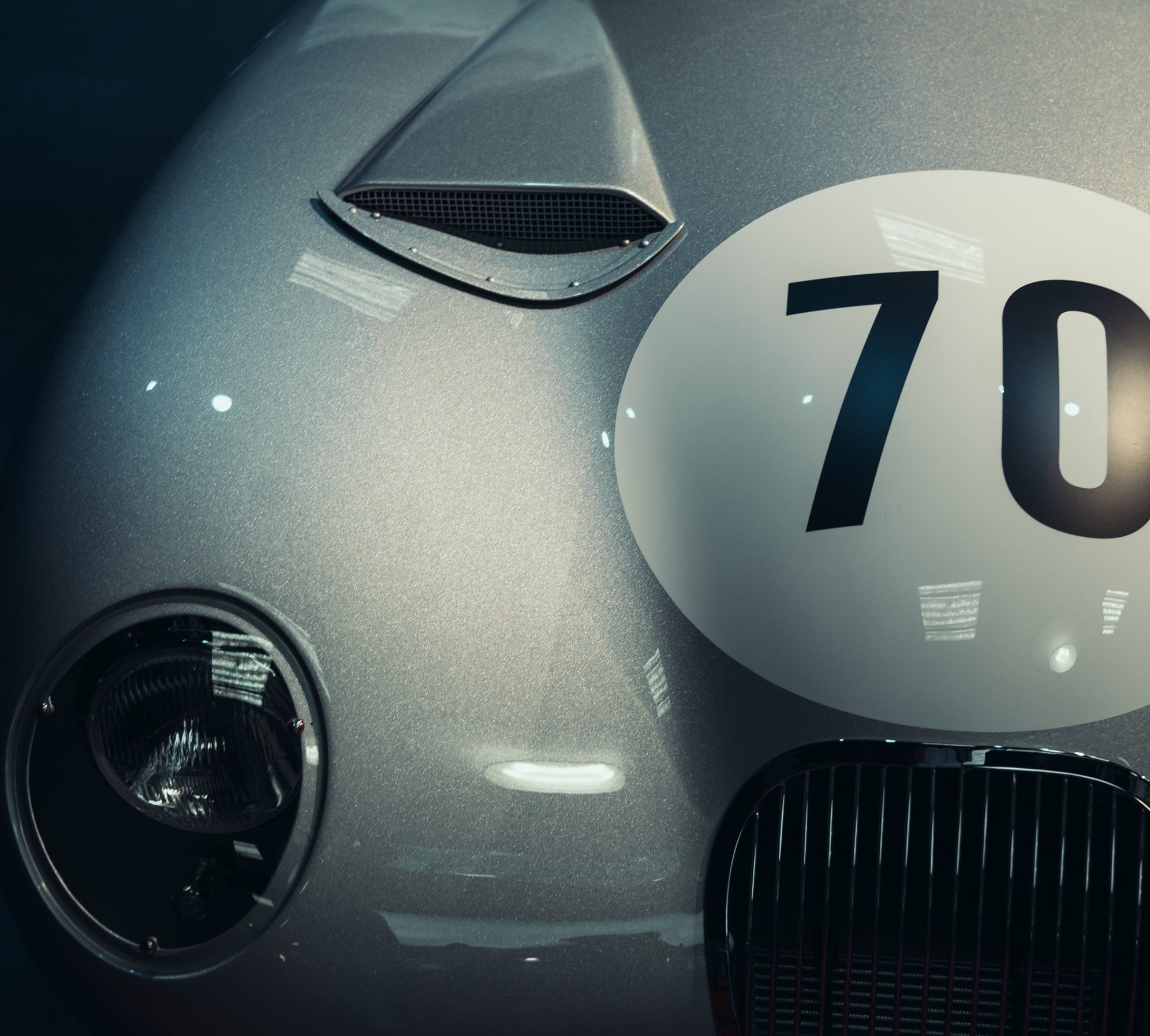
Just three years after the launch of the XK120 came the XK120C – or ‘C-type’ as it came to be known. Designed in part by an aircraft designer called Malcolm Sayer who would later go on to pen the E-Type, the ‘C’ was every inch the cutting-edge racing car.
Jaguar arrived at the Le Mans 24 Hours in 1951 with three factory backed cars as a very bold statement of intent. Previously the hunting ground of marques such as Ferrari and Bugatti (although Walter Owen deserves an honorable mention for his four Bentley wins between 1927 and 1930), Jaguar were seen as the interlopers.
[See also: The Luxury Cars Putting Wellness First]
Needless to say, when the flag dropped at 4pm on June 24, an exhausted Peter Whitehead at the wheel of the Jaguar C-Type brought home the win on the company’s very first attempt. Fast forward over 70 years and Jaguar has done something very special indeed.
The alarm goes off at 6am at the Cadogan Hotel in Mayfair, London, and shortly after there is a gentle knock at the door. Room service enters, places a light breakfast on the table and leaves silently. Showered and fed, I approach the wardrobe and pick my outfit for the day. A glance in the mirror before I descend to the lobby and I look every inch the 1950s motor racing spectator.

Shortly after I’m standing on the platform at Victoria Station surrounded by similarly dressed ladies and gentlemen about to board the iconic British Pullman.
This is the weekend of the Goodwood Revival, the finest historic motor racing event in the world. It certainly lives up to its strapline as ‘a magical step back in time.’ Those who attend dress in period clothes from the circuit’s heyday in the 1940s, 1950s and 1960s. Historic racing cars come from every corner of the world and race as hard and as fast as ever.
Jaguar chose this year’s event to showcase some special cars from its past, pulling out all the stops to send guests back through time to the peak of 1950s motor racing.
Boarding the train, we’re met by our steward, Thomas, who looks after us for the two-and-a-half-hour journey to Chichester. Thomas follows in the footsteps of his father, uncle and grandfather, who all served on the train.
People often talk about the romance that used to surround rail journeys and the British Pullman brings that rushing back. As you settle back into your armchair with a glass of champagne, you begin to take in the incredible decor around you. The endlessly knowledgeable Thomas tells me that each car is different and has design cues and inspiration from other designers and eras, with one of the carriages even being the vision of film director and regular client, Wes Anderson.
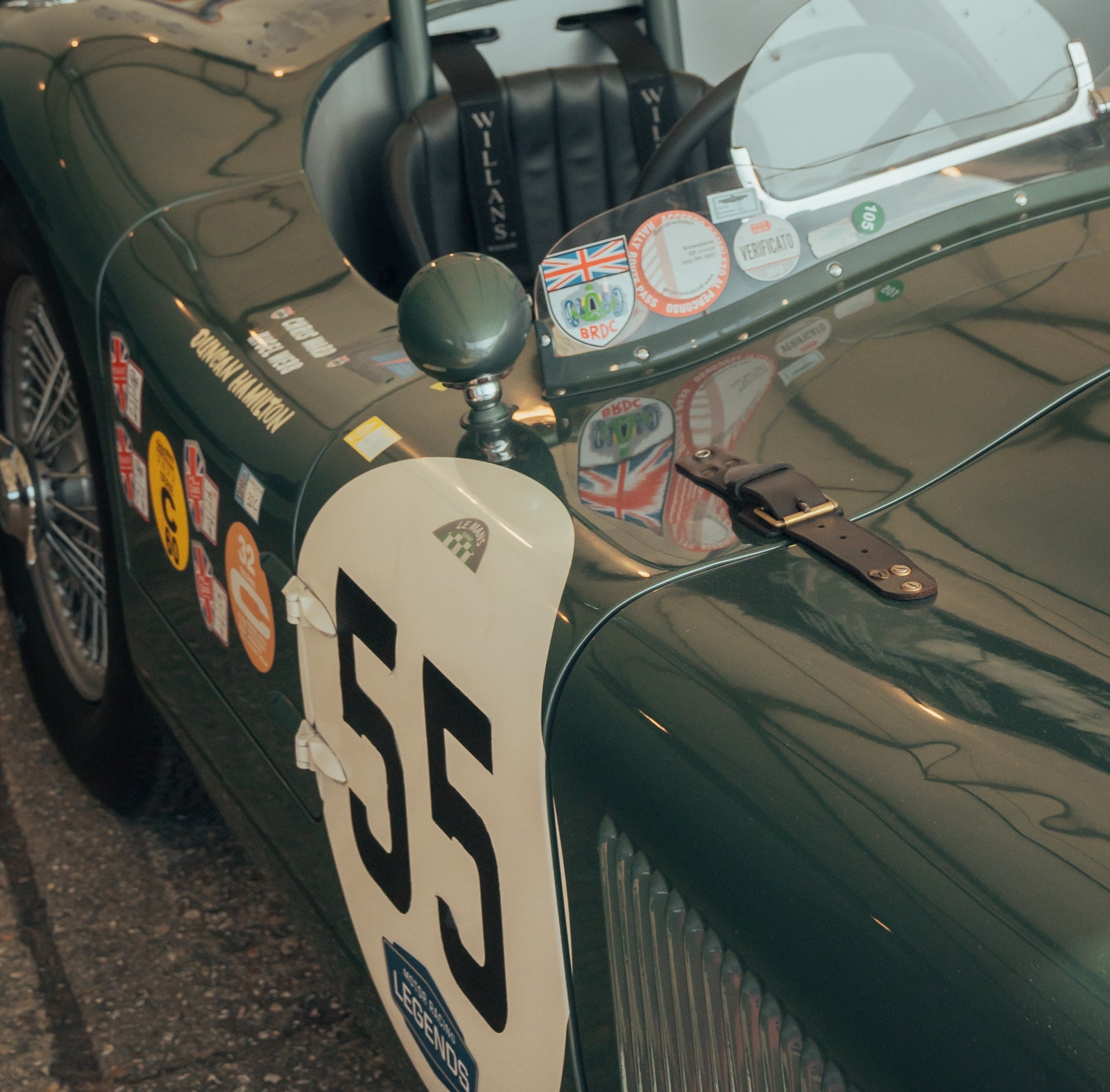
Our car is called Gwen and is an Art Deco feast for the eyes. From Lalique glass light fittings to marquetry crafted by the same family that fitted out the Titanic, the history is tangible.
After disembarking, a fleet of Jaguar I-Pace and F-Types whisk us to the circuit. The atmosphere is electric. As we walk through the tunnel, the sounds of cars racing overhead is thrilling.
As we approach the pit straight, we are greeted by a pair of iconic Jaguar racers. A nut and bolt perfect C-Type and a beautiful E-Type. Upon closer inspection, these cars are clearly very special. Jaguar has an entire division dedicated to restoring and building classics. For the right price, these clever folk can create a perfect C-Type from original factory drawings.
[See also: Behind the Scenes with Girard-Perregaux and Aston Martin]
The E-Type is a different offering. Honoring the first race wins with Project ZP, Jaguar has created a collection of seven exclusive pairs of restored E-types inspired by the 1961 winning cars driven by Graham Hill and Roy Salvadori.
The details are delicious and each pair consists of one Oulton Blue drophead coupe, inspired by the original ‘ECD 400’, with a contrasting red leather interior. On track, we were privileged to see both C and E-Types driven by competitors exactly how they should be, wheel to wheel, elbows out.
As the day drew to a close, I reflected on where the marque will go in the future and the fact that Jaguar is no charlatan when it comes to its past. Authenticity, achievement and pedigree are synonymous with the marque. With the range going electric from 2025, the Project ZP E-Types feel like a gentle hand on the shoulder of its past.

